Modern healthcare faces many different challenges, but despite rapid advances in medicine, diseases continue to affect millions of people. Varicose vein disease of the lower extremities ICD 10 – I83 is one such problem that is practically impossible to solve over time.
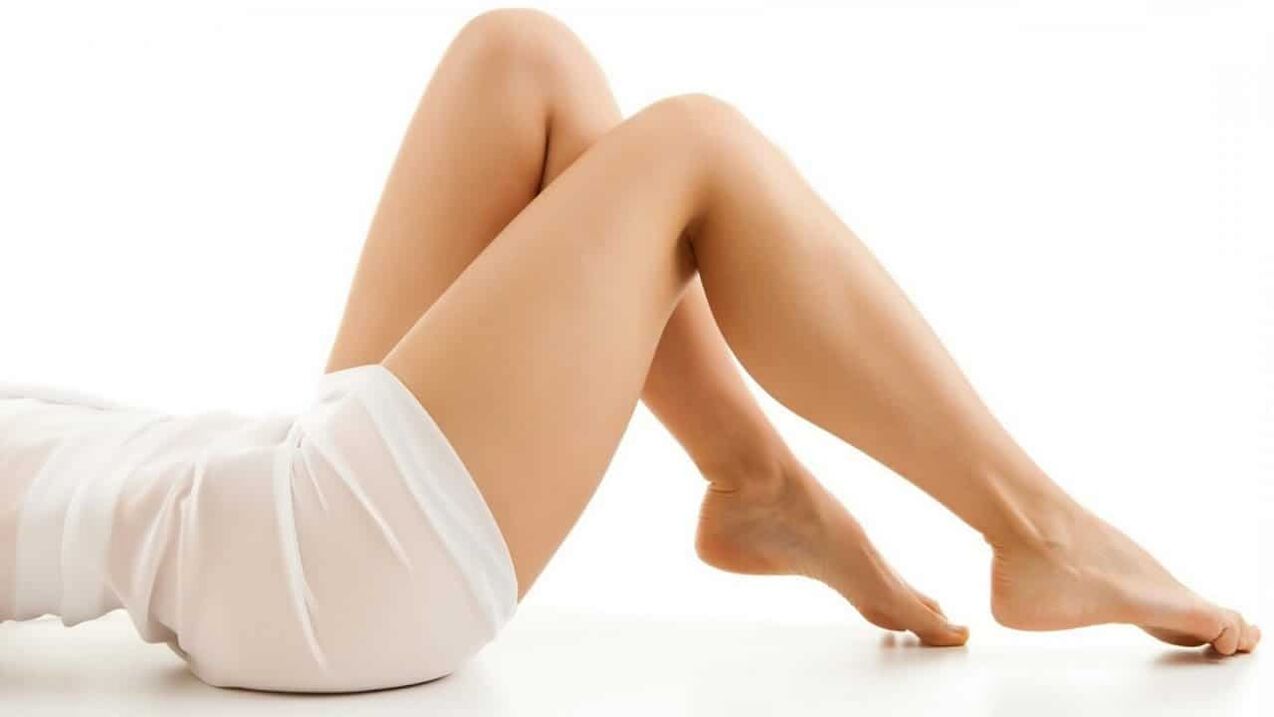
Prevalence in numbers
The disease is widespread in various developed countries such as the USA, France, Belgium, Germany, etc. The number of patients with this diagnosis is almost a quarter of the population of each country.
Half of all patients are over 55 years old, the other part are able-bodied workers, most often employed in manufacturing. As VD disease progresses, complications arise, patients lose their jobs due to disability, so the problem is not only medical, but also economic and social. The appearance of varicose veins may correlate with the patient's age. Varicose veins of the lower extremities are more common in people over 70 years of age than in people before retirement age.
In four out of a hundred patients over 80 years old, varicose veins take a form aggravated by concomitant diseases in the form of trophic ulcers, various dermatitis or eczema. Even at this age, other diseases of the cardiovascular and bronchopulmonary systems occur, so surgical intervention is not possible.
Important!At the first symptoms of the disease it is better to see a doctor; the younger the patient's age, the lower the risks if surgical treatment is required.
Origins of the disease
Although the disease progresses gradually, there are still etiological factors for the development of varicose veins.
So what are the causes of varicose veins:
- heredity;
- endocrinological reasons;
- mechanical factor;
- Infection;
- intoxication;
- non-specific inflammatory process;
- Factors contributing to venous hypertension.
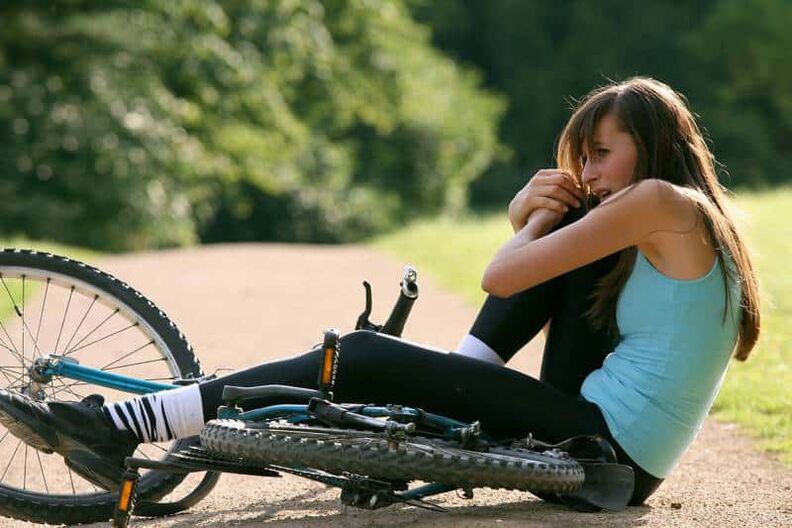
Complaints and symptoms
Oddly enough, visible disorders appear right at the beginning of the disease and are often ignored. Patients confuse small vascular defects with a minor external disorder that "goes away on its own, " provoking the development of the disease.
Further symptoms develop gradually:
- Feeling tired/heavy in the legs;
- swelling in the feet area;
- night cramps;
- numbness, tingling, tingling;
- Pain in the varicose vein area.
The diagnosis of varicose veins is an important prerequisite at any stage of the disease
The disease requires diagnosis at every stage; the diagnosis provides information about which treatment option is most acceptable for the patient. Clinical and instrumental diagnostic methods are used in parallel. Depending on the course of the disease, all methods or only some of them can be used.
Clinical examination methods – examination and conversation
Clinical methods are used not only for varicose veins, but also for any other disease:
- historiography. The anamnesis includes all the basic facts about his life (age, heredity, bad habits, type of main job).
- Definition of complaints. Complaints can be an indication of how advanced the varicose veins are at the time of the examination. The duration of the illness becomes an important condition. When did the first symptoms of leg disease appear?
- Inspection.During the examination, the doctor should pay attention not only to the blood vessels, but also to the condition of the skin in order to rule out complications and concomitant diseases. It is also important to determine the degree of damage, the temperature at the location of the varicose veins and the tension and elasticity of the vessel.
A phlebologist is the first doctor who should examine your feet.
Instrumental examination methods are a prerequisite
To prescribe treatment, one examination is not enough. Varicose veins of the lower extremities require mandatory instrumental diagnosis. With instrumental research methods, varicose vein foci, the length of the damaged vessel, the insufficiency of the venous valves, the speed of blood flow, etc. are determined.
The:
- Ultrasonic.A standard B-mode study provides a complete picture of the anatomical structure and location of the vessel and adjacent vessels. Ultrasound also shows pathologies of the venous wall.
- Doppler ultrasound. The study determines the speed of blood flow, thereby identifying pathologies of the valves in the vessel.
- X-ray contrast venography. A more complex type of diagnosis using x-rays. Due to the possible occurrence of complications, the procedure is rarely used.
- Computed tomographic venography. The procedure is the same as for X-ray contrast, with a contrast agent being introduced into the vessel lumen. In contrast to an X-ray, a CT image is three-dimensional.
- MRI.The method is useful and meaningful and is carried out without the administration of contrast media or other medications. However, this method remains expensive and is therefore used extremely rarely.
Take note!In patients with an iodine allergy, the administration of contrast media is not possible, in which case an MRI may be necessary.
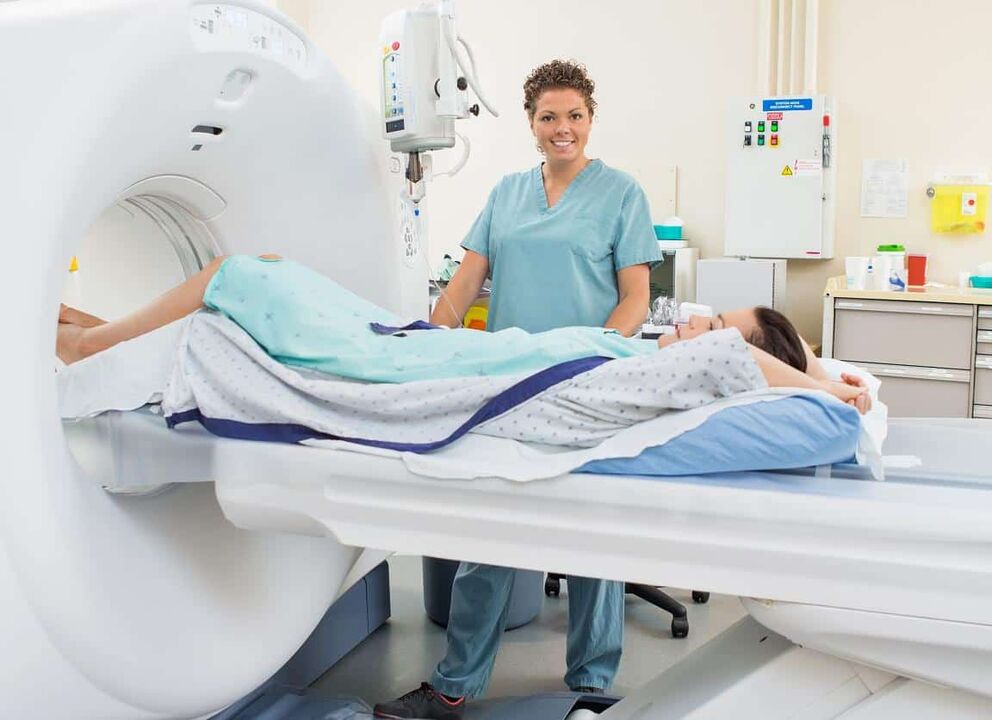
Diagnosis by classification
Like other diseases, varicose veins are divided into classes taking into account many factors:
| External manifestations |
|
| cause of the disease |
|
| Anatomical location of the veins |
|
| mechanism of the disease |
|
The most common reason for contacting specialists is grade 2 varicose veins of the lower extremities, when the external manifestations of the disease become clear. If the disease did not manifest externally, detection of varicose veins might not occur until later stages.
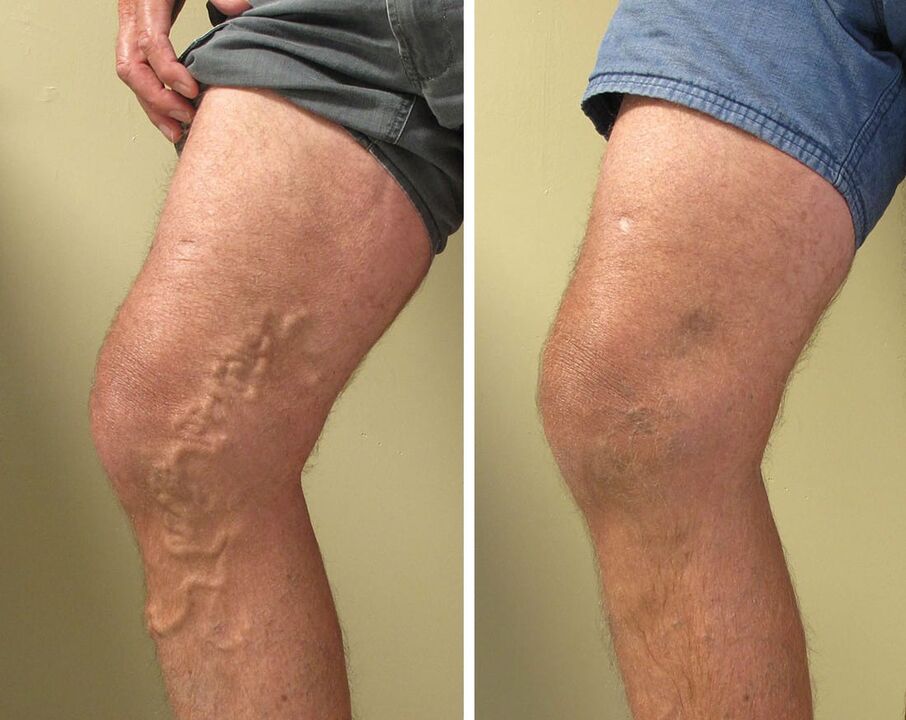
Take note!The term "internal varicose veins of the lower extremities" is only used colloquially and means varicose veins of the deep veins, which can only be diagnosed using instrumental methods.
To treat or not to treat, that is the question
The gradual progression of the disease sooner or later awakens in patients the idea that treatment is necessary. The doctor's task is often to convince the patient to start treatment at the initial stage of the disease. The direction of treatment can be different and depends on many factors (age, symptoms, degree of illness, etc. ).
Thus, treatment can be aimed at:
- improving quality of life; cosmetic surgical procedures.
- avoiding complications; Effects on microcirculation.
- elimination of symptoms; hemodynamically significant treatment.
One way or another, treatment is always selected by a specialist (phlebologist, vascular surgeon). In the treatment of varicose veins, complexity is important, so one cannot limit oneself to only surgical intervention or only therapeutic and preventive physical training. It is important to follow all doctor's instructions.
Lifestyle tips
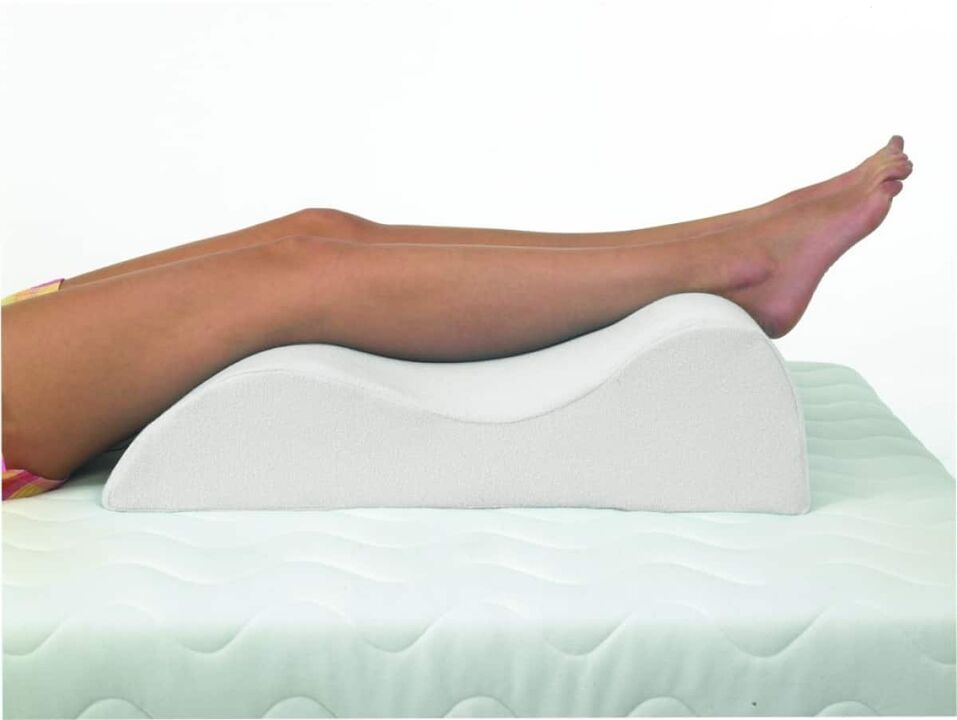
Varicose veins force patients to avoid factors that provoke complications. Sometimes such a measure is necessary because untreated varicose veins severely affect the quality of life.
Do-it-yourself treatment is a futile exercise, but you should pay attention to your lifestyle so that varicose veins do not progress so quickly.
What to do if you have varicose veins:
- Women must avoid high-heeled shoes;
- give up bad habits, especially smoking;
- Move if you have to sit or stand for a long time, then try changing your position;
- Avoid tight-fitting clothing and shoes;
- Avoid high temperatures (sunbathing, hot wax, baths, saunas);
- Control your weight;
- Do not lift heavy objects;
- Take a contrast shower;
- Walk, run, swim more often;
- Keep your legs elevated whenever possible (sleeping, resting).
Compression therapy
Regardless of the etiology, patients with varicose veins should wear medical knitted clothing or apply elastic bandages.
- The most convenient way is to use knitwear; Stockings or knee socks made of special material usually do not cause any discomfort. The degree of compression of medical stockings should be recommended by a doctor. The only downside to compression garments is their price.
Take note!The brands of medical knitwear manufacturers may be different, so you need to choose carefully. Make sure that the elastic band on your knee socks or stockings is not too tight.
- As an alternative, patients often prefer the use of elastic short, medium or long stretch bandages. The choice of stretch also depends on the stage of the disease and should be recommended by a doctor. The first few uses can be a bit difficult as you have to control the tension of the bandage yourself.
Compression therapy is used daily, wearing underwear or bandages significantly relieves pressure on the legs throughout the day.
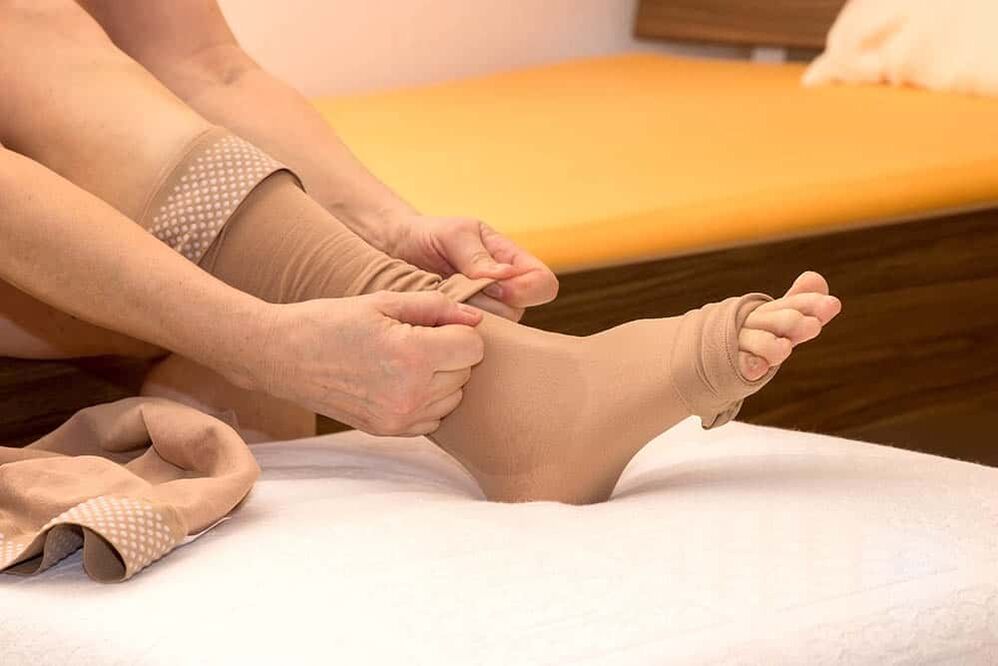
Physical education and sport as treatment
Varicose veins require exercise, so therapeutic and preventive physical education is an important component. Of course, it is better not to do the exercises blindly, but to select a set of exercises with a specialist. Some medical institutions offer group exercise therapy classes.
In most cases, exercise therapy exercises do not require special training and are available regardless of age; for clarity, a series of exercise therapy exercises:
- Tighten and relax the thigh muscles (10 times);
- Inhale, lift the abdominal wall, exhale, suck in the stomach (4 times);
- Bend and straighten your legs at the ankle (10 times);
- While inhaling, raise your arms up to the sides, while exhaling, lower them (four times);
- Bend and straighten your toes (15 times);
- Raise your arms up as you inhale and lower them as you exhale.
Even from this small series of exercises it is clear that anyone can do them, regardless of age. It is important to take your time and do everything at a slow pace, without stopping or speeding up your breathing.
Athletes can also do these exercises before main training. This is particularly important if the patient practices a sport that is not recommended for varicose veins.
Sport is also useful as an alternative to exercise therapy for varicose veins in the lower extremities, but consultation with a doctor and personal trainer is necessary. Some exercises must be excluded from training.
Athletes are sometimes simply forced to give up their professional careers, particularly in show jumping, powerlifting and heavyweight boxing. If you like swimming, running and walking, you can continue to do so.

Medication, as prescribed by a doctor
The goals of pharmacology in the treatment of varicose veins are different, namely:
- improvement of venous tone;
- correction of microcirculation;
- improving lymphatic drainage;
- prevention of thrombotic complications;
- Suppression of the development of complications.
That is why all medications must be prescribed by a doctor. In this way, successful healing of the disease is guaranteed.
Drug treatment is used at different stages: when preparing the patient for an upcoming operation, in the postoperative period, as well as when there are obvious contraindications to surgery. The drugs can be used systemically or locally and can be used both together and separately.
Phlebosclerotic treatment
Phlebosclerosis also refers to pharmacological treatment methods, but their use is often unjustified, since the positive effect does not occur in all patients. Most often the method is used for correction in an aesthetic sense.
It should be noted that the use of this method is fraught with relapses and complications, which is why the procedure is carried out by surgeons who have undergone special training.
Physiotherapy for the treatment of varicose veins
Physiotherapeutic methods are not the main focus in the treatment of varicose veins, but are used successfully to relieve the symptoms of the disease. D'arsonval, electrophoresis, barotherapy, magnetic therapy for varicose veins of the lower extremities are used only under medical supervision, since any physiotherapy has a number of indications and contraindications.
All physiotherapeutic procedures are not used continuously, but in courses of 10 to 20 days. In most cases, physiotherapy delays the progression of the disease, but is not the main method of treatment and certainly cannot be used as monotherapy.
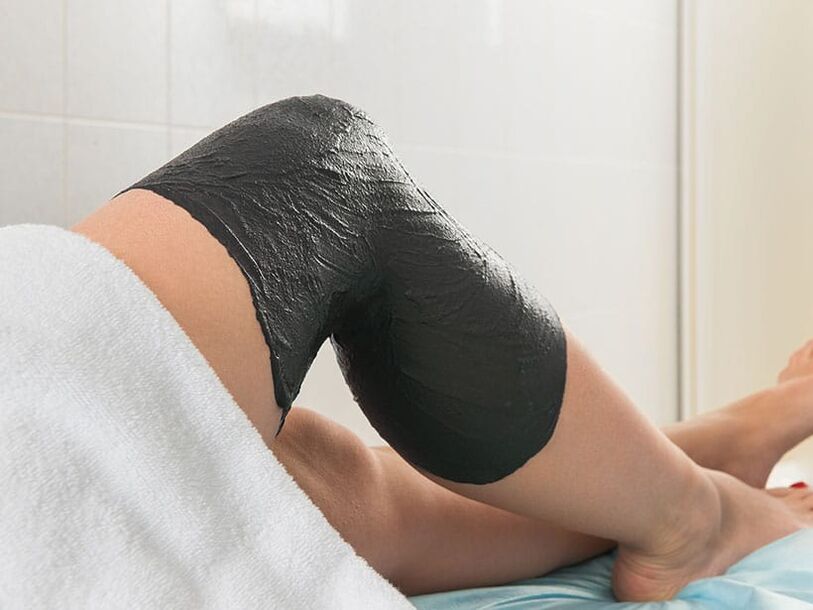
Surgical treatment
Despite the many methods of therapy, surgery remains practically the most basic and significant. Vascular surgeons perform successful operations on many patients.
With the availability of modern minimally invasive methods, traumatic venectomies are a thing of the past. The Brunner approach, Müller dissection and mini-phlebectomy with Varadi hook facilitate the treatment of patients with varicose veins and often last within a day.
Of course, there are also contraindications to surgical intervention; the main group is patients over 75 years of age who have tissue trophic disorders, microcirculation and/or lymphatic drainage disorders, or excessive lesions of venous vessels. Special instructions apply to performing operations on such patients. Sometimes you have to avoid surgery altogether, and sometimes doctors still operate with a combined phlebectomy.
Medication
The treatment regimen for varicose veins is determined by the doctor. For this, conservative methods and surgical methods are used, it all depends on the stage of development of the disease and the presence of complications.
The simultaneous use of medications and ointments allows you to relieve the symptoms of pathology and achieve good treatment results. Currently, on pharmacy shelves there is a large selection of drugs that are effective in combating pathologies in their early stages of development.
Drug treatment for varicose veins on the legs is effective.
Important!Only a doctor can prescribe medication, dosage and course of use.
Sclerotherapy
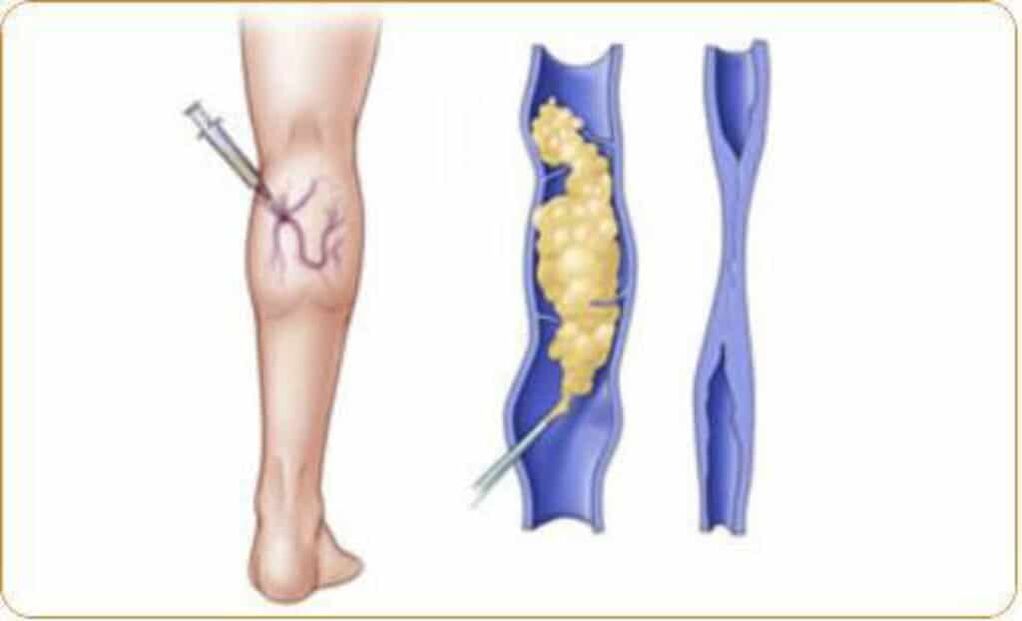
Sclerotherapy is one of the best methods for treating varicose veins today. Using specially administered medications, you can destroy the congestion of the vein inside. After some time it begins to stick together and dissolve, and blood circulation is shifted to healthy veins.
The treatment takes place in a course that includes up to six sessions per painful leg. You can only see a positive result after two weeks at the earliest. However, patients should expect pain and tingling.
Soon the unpleasant symptoms will disappear, the diseased veins will disappear. The dosage of the drug is selected taking into account the individual characteristics of the patient.
Complications and side effects are extremely rare. A properly performed procedure offers a high chance of recovery.
Echosclerotherapy is the same as sclerotherapy, the difference is the use of an ultrasound scanner. This method is preferable because the movement of the syringe can be monitored and the medicine is distributed evenly.
Another form of sclerotherapy is foam sclerotherapy. Medication is administered in the form of microfoam, which allows you to achieve better results from the procedure. The thing is that the drug is much closer to the vein walls and does not mix with the blood.
Surgical treatment methods
Surgical treatment of varicose veins is only used when conservative methods do not produce the desired result. Patients receive local anesthesia and can go home after a few hours.
There are practically no hematomas and there is no intoxication typical of general anesthesia. The result achieved lasts for several years.
Phlebectomy is an operation performed as part of local surgery. To remove the affected vein, two small punctures are made. Sometimes this method can replace sclerotherapy. After just a few weeks, the patient can return to his usual lifestyle.
Laser treatment is the most gentle treatment method and can only be carried out by a qualified specialist. Using an ultrasound scanner, a light guide is inserted into the vein.
The process is controlled by special devices. The laser beam causes the plasma to boil, the diseased vein closes and no longer participates in the blood circulation. The price of such a procedure is high and therefore not accessible to everyone.
darsonvalization
With the help of the D'arsonval apparatus, it is possible to normalize blood circulation and eliminate congestion in diseased veins. The increased tone gradually decreases, the tone of the veins increases. Patients get relief from pain and itching.
Complete lymphatic circulation, as well as complete blood circulation, allows adequate nutrition of tissues and increases the amount of oxygen in them. The veins narrow or expand; gymnastics can increase their elasticity.
The device moves from bottom to top. Lymph and blood flow from the ankle to the thigh and the congestion is stopped. To achieve the desired result, you must undergo a full course of treatment, which includes at least twenty procedures.
home remedies
Advice!Varicose veins can also be effectively treated with home remedies.
The most common methods are the use of medicinal herbs. You can buy them at the pharmacy or pick them up yourself in the summer.
White acacia
An alcohol tincture is made from the flowers of the plant. Soak cotton swabs in it and wipe the affected areas several times a day.
mugwort
Collect fresh herbs and grind them in a mortar. Separate a spoonful of herbs and mix with the same amount of sour cream. Apply the resulting mixture to the sore spots and put a bandage on top. After two hours, remove the compress. Repeat the manipulations for five days, take a short break, and then repeat the treatment again.
Kalanchoe
Wash the Kalanchoe leaves, place them on a paper towel and let them dry. Chop the leaves and put them in a glass. Pour alcohol over it and let it brew for seven days, stirring occasionally. Strain the tincture and lubricate painful veins for several months in a row.
Apple Cider Vinegar
Dissolve two tablespoons of vinegar in a glass of water and drink it twice a day. It is recommended to rub undiluted apple cider vinegar into the sore areas twice a day. After a month, the veins begin to become smaller.
cream
Grind one part of the garlic and add two parts of butter. Apply the resulting cream in pure form to the sore spots, cover with parchment paper and apply a bandage. Leave the compress on all night, wash it off in the morning and wrap your legs with an elastic bandage. Repeat the processes throughout the month.
Garlic
To consolidate the results of treatment, you can take garlic internally. Mix 250 grams of chopped garlic and 350 grams of honey and let it brew for five days. Take one spoon three times a day.
tomatoes
Cut a fresh tomato into slices, apply to the problem area and wrap with a bandage. Leave the compress on for four hours, then remove it and wash your feet. The duration of treatment is two weeks, then a ten-day break is taken and the treatment is repeated.
prevention
It is much easier to prevent a disease than to fight it later, which is why prevention is necessary. If you have a hereditary predisposition to the development of varicose veins, you need to pay particular attention to your health.
First of all, you need to give up bad habits and follow the recommendations listed above. Your diet should include foods rich in vitamins.
Vitamin E
The vitamin is found in many foods: salad, vegetable oil, legumes. It is necessary to strengthen the walls of the veins and increase their elasticity. Vitamin C has exactly the same property.
copper
Elastin synthesis is supported by foods rich in copper. Seafood is included here. To maintain your body weight, you need to avoid sugary foods.
To prevent varicose veins, you must adhere to the following rules:
- It is not recommended to put excessive strain on your legs during the day. Anyone who works while standing has to spend several minutes per hour sitting. Ideal: Take a horizontal position, raise your legs above your head and hold them for twenty minutes.
- If you work while sitting, you need to get up for a few minutes once an hour and spend this time standing. This increases the speed of blood movement through the veins. Periodically rotate your feet in different directions.
- It is not recommended to lift heavy objects.
- Massage your feet daily with a stream of cool water.
- Do not overdo visiting saunas and baths.
Good results can be achieved using effective methods of treating varicose veins. Patients quickly return to a fulfilling life.
How complicated is the disease?
Complications from varicose veins are always unpredictable, but develop gradually. Without medical supervision and therapeutic treatment, the risk of complications increases many times over.
- Trophic ulcers with ascending and descending varicose veins.They are most commonly found in the lower third of the leg on the inside, but can also be seen on the outside, although this manifestation is quite rare. The deeper the trophic ulcer, the higher the risk of bleeding.
- Thrombophlebitis.It can occur with any type of varicose veins; the occurrence of such a complication directly depends on the clotting properties of the blood. This complication can be prevented through laboratory monitoring.
- Eczema.Occurs due to a violation of tissue trophism. Eczema and trophic ulcers can occur both together and separately.
- Bleeding from varicose veins of the lower extremities.This type of complication can occur against the background of deep trophic ulcers, as described above; such bleeding occurs externally. With prolonged course of varicose veins, internal (subcutaneous) bleeding is observed.
What you should know about varicose veins
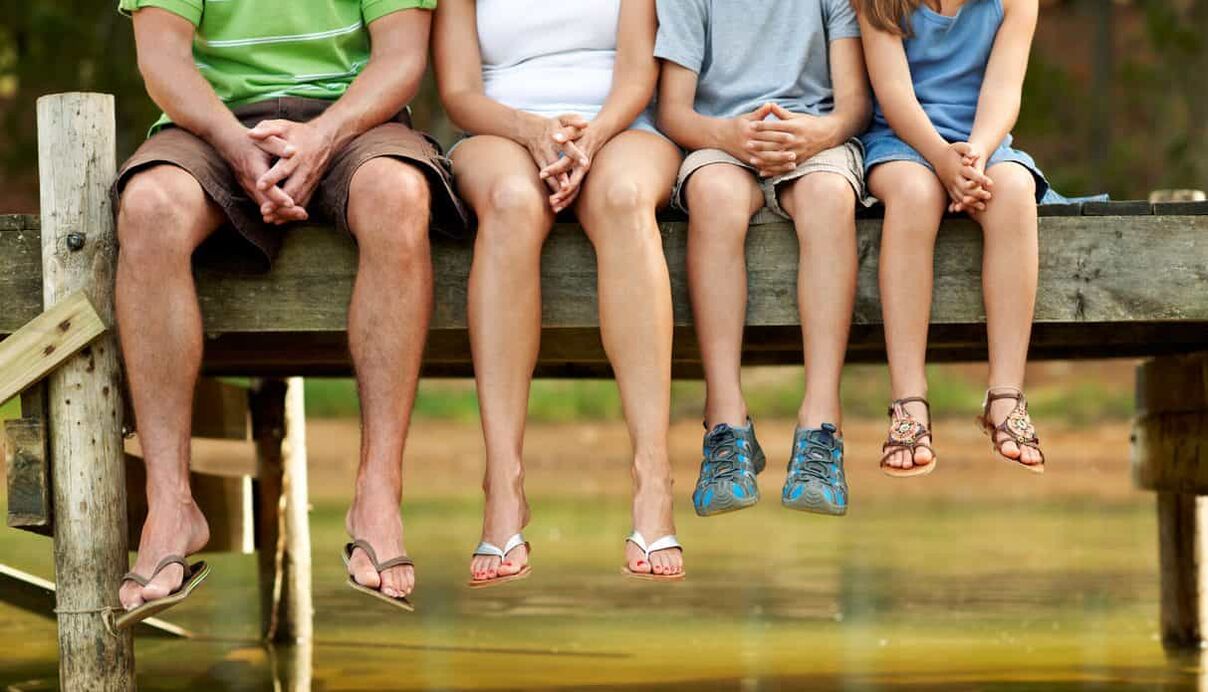
Varicose veins become a stress test for patients because the more they ignore them, the more aggressive the disease becomes. The course of varicose veins depends not only on the doctor's instructions, but also on how diligently the patient follows them. Varicose veins are a chronic disease, so treatment is often not complete even after surgery.
What the doctor advises must be done and followed, be it a magnet for varicose veins of the lower extremities, medication or exercise therapy. It is a complex treatment that gives a positive result and you should not ignore even the most insignificant point.

























